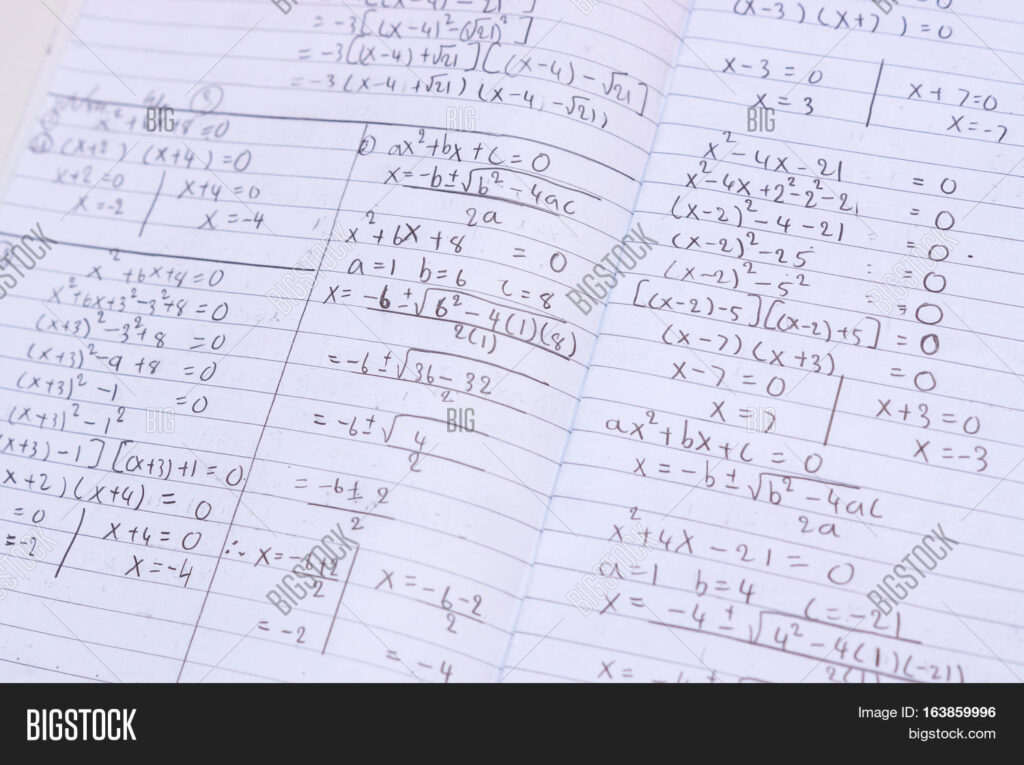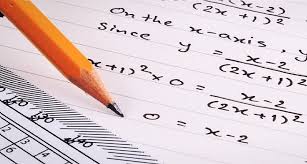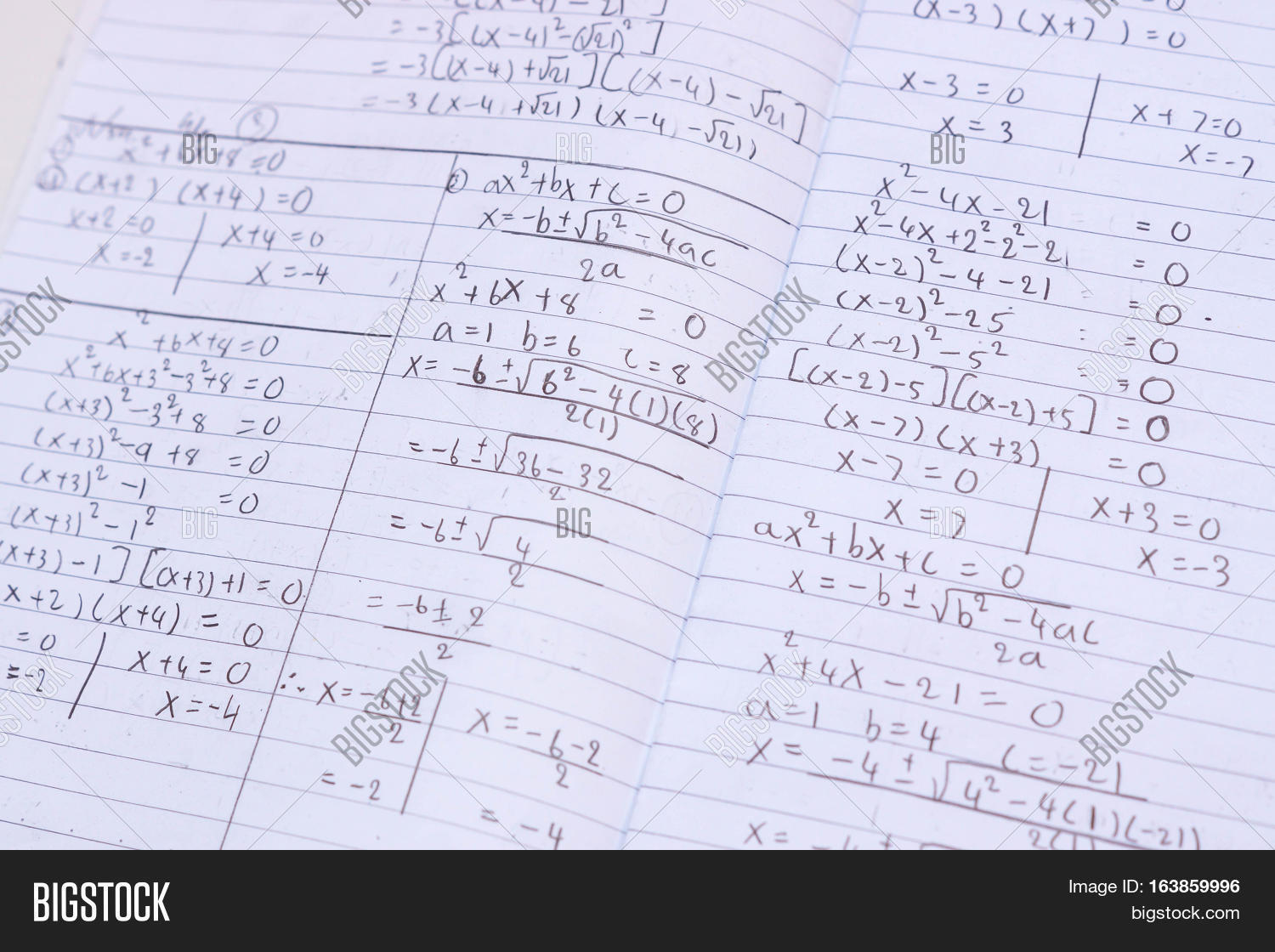Do you know who’s sitting in front of you in negotiations? Who is this person, how can you build a dialogue with him, how you should behave next to him and so on? This article will tell you how you can recognize a person’s psychotype by taking a close look at him/her.
This technique is a way to recognize a person’s psychotype by his or her “radicals” – personality traits in which individual traits are identified stronger than others. This method was suggested by Viktor V. Ponomarenko, a psychologist and manager. With the help of this method, you will be able to determine, without testing, to what type of person in front of you, it will be enough just to pay attention to his or her appearance, gestures, speech and facial expressions. This technique will be very useful for everyone who works with people, clients, staff, and those who are interested in their features and typology.
V.V. Ponomarenko is the author of the book “Technology of hidden control of people. The Methodology of 7 Radicals.” It is based on the observations of psychologists about the properties of human character. Radicals received their names from the terms that characterize personality disorders. Radicals precisely force a person to use the same patterns of behavior in different situations. The essence of the methodology is quite simple and accessible – by its external features it is possible to determine the components of character radicals.
It follows that at the moment, without any tests, you can see the features of your partner (psychological and communicative) by his behavior, manner of communication and appearance.
The radicals themselves:
- Paranoia (purposeful);
- hysteroid (demonstrative);
- epileptoid (sometimes stuck and excitable);
- schizoid (strange);
- Hyper intimate (cheerful);
- emotive (sensitive);
- Anxious (fearful).
Paranoia (purposeful) type
Their goals are quite ambitious. People of this type stubbornly go even to the most incredible task. They are strategists, but not tacticians. The lives of such people are built on principles that allow them to walk on their heads in peace. Representatives of this type live with the motto: “He who is not with us is against us”. They are able to lie within the framework of their ideas, they consider only the final result to be really important. Very demanding of themselves and others, always assess the strengths and weaknesses of the interlocutor.
Usually people with paranoid radical are not susceptible to stress. It’s a strong personality type.
Distinctive traits:
People of the paranoid type are characterized by the classic style of clothing during working hours and the style of “militarism” in their spare time. Usually there is nothing superfluous in this style. Powerful and confident mime is characteristic of such people. Such people tend to often tear the distance with the interlocutor to confuse him, using bright gesticulation.
It’s a confident speech. An arrogant tone is possible. Such people like to speak on topics that are of interest to them. They are consistent in expressing their thoughts (first, second, third) and often use rigid formulations, words and grades.
To achieve mutual understanding with such people, one must demonstrate one’s strength (or status). During the conversation to refer to the opinions of authoritative people, to show their erudition. It is worth giving the structure of arguments, as the representatives of the paranoid radical themselves do (first, second, third). You can convince your interlocutor of the importance of your proposals for the solution of the global idea.
Representatives: Hugo Chavez, Fidel Castro.
Hysteroid…
Everybody wants to like the hysteroidal radical. Life is theater for them, and those around them are the spectators. So they act demonstratively, perhaps provocatively, want to be noticed. In communicating with such people there is manners, and with it excessive talk. Hysteroids believe in what they say, despite the possible mistrust. It’s the result of a desire to embellish the story. Such a person takes every opportunity to speak out. It’s a weak psychotype.
Distinctive traits:
Often these people wear defiant clothes, it is either bright, or complemented by a large number of accessories and thick makeup in women. In men you can see the excessive presence of jewelry, or any other eye-catching details of the appearance. For example, a neck scarf, an abundance of rings, etc.
People with a dominant hysteroidal radical do not hide their emotions. They are wide smiles, laughter with their mouth open, sadness with tears, universal sorrow.
Wide, picturesque gestures and accented postures prevail. Speech is emotional and expressive, with dramatic pauses.
It is better to be a listener with such an interlocutor. A person with a dominant hysteroidal radical reveals himself if you pretend to believe the game. It is worth just asking to repeat the story, if you want to test such a person for falsehood.
Representatives: Timati, Lolita, Philip Kirkorov.
Epileptoid (stuck)
One of the types of people with epileptoid radicals is the epileptoid stuck. That means that this kind of person doesn’t switch well from one class to another. Usually they’re systemic, punctual, slow-moving people. For them, preparation is important if there is an event or decision to be made. They should always have everything in place. This category of people does not tolerate when someone changes their planning. The motto of these people’s lives is “My home is my fortress”. Contacts are badly established. From the outside, it might seem like a moody or angry person. Also stuck legible when choosing friends.
If still such a person called you a friend, he will never betray and sacrifice everything for you. An epileptoid loves his business, because it rarely changes jobs. Its social benchmark is the family.
Distinctive traits:
A straightforward, confident look, sometimes it can seem difficult to the interlocutor. Emotional outbursts are rare for such people. The movements are clear, but the speech is sluggish.
Talking to such an interlocutor is a success if you always give him some proof by answering his questions. The process must go smoothly. The epileptoid should be interested in you, in which case the alliance will be ensured.
Representatives: Anthony Hopkins, Nikolai Valuev.
Epileptoid (excitable)
This variety defines the category of tough, partly violent people. They can play sports, or participate in any competition. Excitable epileptoids, as well as stuck ones, are neat and tidy. These people love short haircuts and athletic style in their clothes. They’re always ready to get into a fight. You can also notice the love of hierarchy and cynicism to others. Such people are blindly following the instructions. At the moment of achieving goals excitable, easily blame others, including false. These people are unpredictable and impulsive. They only seek to achieve personal goals. They are inclined to do asocial things, alcoholism, drug addiction. It’s a strong psychotype.
Distinctive traits:
Excitable epileptoid proponent of athletic dress style. A straight look, aggressive, facial expressions more often small. Heavy gestures, with stressed muscle participation (plays with muscles). This is just a demonstration of strength. Speech is slow and hard, perhaps sluggish.
In communication with this type of people it is best to keep a distance (otherwise it will immediately begin to press). It is also important to show your importance in the matter of interest. It is not necessary to provoke him to recklessly sharp actions. Otherwise, the person you are talking to may get hot and the situation will be difficult for you to keep under control.
Shizoidal (strange)
This category of people has its own ideas about reality and its own vision of situations. They are people who have their own world. They are characterized by unpredictable behavior. They are introverts, and in today’s world they consider themselves “Not like everyone else”. They often have ridiculous looks. They seem to be fragile people, sometimes awkward. The psychotype of these people is weak.
Distinctive features:
Often their clothes can be sloppy. Unlike the hysteroid type, schizoids don’t have the image to which they correspond. Characteristic look – past their interlocutor, into nowhere. Mimicry and gestures may be mismatched (e.g., joy on the face, and fists clenched). Gestures are quite embarrassing, but speech is quite intellectual, with an abundance of terminology, perhaps pointing to various sources of information.
Considering that such people are introverts, personal communication does not bring them pleasure or joy. In the case of personal contact, in a conversation with them it is necessary to avoid sharp evaluations and direct criticism, they are very touchy. It is better to set tasks focusing on the end result, and report only on the results achieved. Such person does not perceive processes.
Representatives: Albert Einstein, Mark Zuckerberg.
Hyper intimate (cheerful)
These are usually energetic people who love life. These people are very optimistic. They are happy with everything new and never discourage communication. They are characterized by wit and a good sense of humor. Such a person takes up several tasks at once and solves them. This psychotype is also characterized by flexibility and quick switchability. Hyperthymes often prefer extreme recreation (in nature). This is a strong psychotype.
Distinctive features:
Dress first of all comfortable for themselves, without constraining their movements. The mime is lively and energetic. Gesticulation is vivacious and fast. In the movements of hypertimed fidget, often drops things, stumbles into corners and people. It’s a passionate speech. Such people can talk and miss the essence of the conversation, but then suddenly return to the topic.
Open free communication with such people is quite acceptable. They are always in contact, inclined even to excessive trust.
Representatives: Jim Kerry.
Emotional (sensitive)
The emotive radical includes people who are distinguished by a pronounced kindness. Such individuals are used to empathize – in the conversation usually listen carefully and show understanding. They are emotionally passive people who like to observe others’ experiences more than they like to experience for themselves. Emotives like to watch movies with emotional scenes (melodramas), read books that evoke acute emotions. There is a tendency to avoid conflicts. It is a weak psychotype.
Distinctive features:
Clothes are nice, soft, concealing movements or just comfortable. Weak, insecure mime. Such people can be distinguished by the effect of “wet eyes”. Smooth, no angular gestures, can stroke themselves during the conversation. Silent speech. Such people are more willing to listen, they have almost no objections and rarely lie.
Equality should be shown with such people. It is also important to show their trust and try to find something in common.
Representatives: Audrey Totu.
Anxious.
This type is characterized by increased anxiety, constant reinsurance against errors. Such people often cannot make their own decisions. They try to close themselves off from communication, when making contacts they are very worried. They have their own calming rituals. They are punctual and follow the instructions to avoid penalties. They are people who are restrained in their statements and actions. Their motto is “Measure seven times, cut one off.” It’s a weak psychotype.
Distinctive traits:
Uncovered, closed clothing. Dark and gray monochrome or with a fine geometric pattern of fabric are preferable. The mime is weak, insecure. Gestures are aimed at complacency, often touches himself, breaks his hands. Poses at such people are constrained, as if in anticipation that is about to “break off” from a place and run. Speech is quiet, insecure. Afraid to say the wrong thing.
It is recommended that such a person should show encouraging signs of attention, trust, praise, it is better not to criticize without needing. If criticism is necessary, it should be presented in a way that the person understands that there is nothing wrong with the situation. Also, when dealing with “troubled” subordinates, it is necessary to give the most detailed, accurate instructions.
To reveal your psychotype, pay attention to the following series of visual signs: appearance, facial expressions, speech, gesticulation, behavioral features and space design. By analyzing each radical, you can create a portrait of your psychotype. All of the above features together will help you determine what type of character you have. There are no useless and insignificant qualities and character traits. It is important to understand what kind of psychotype a person refers to in order to competently build a chain of communication with them. Even a weak type has its own strengths – you should focus on them, to express your individuality, and the weaknesses to pull up.
The technique facilitates typology, allows you to avoid testing and allows you to establish contact more quickly. This technology has found its application in various areas of work with people, especially it was loved by intelligence agencies, with which the author worked closely.




















